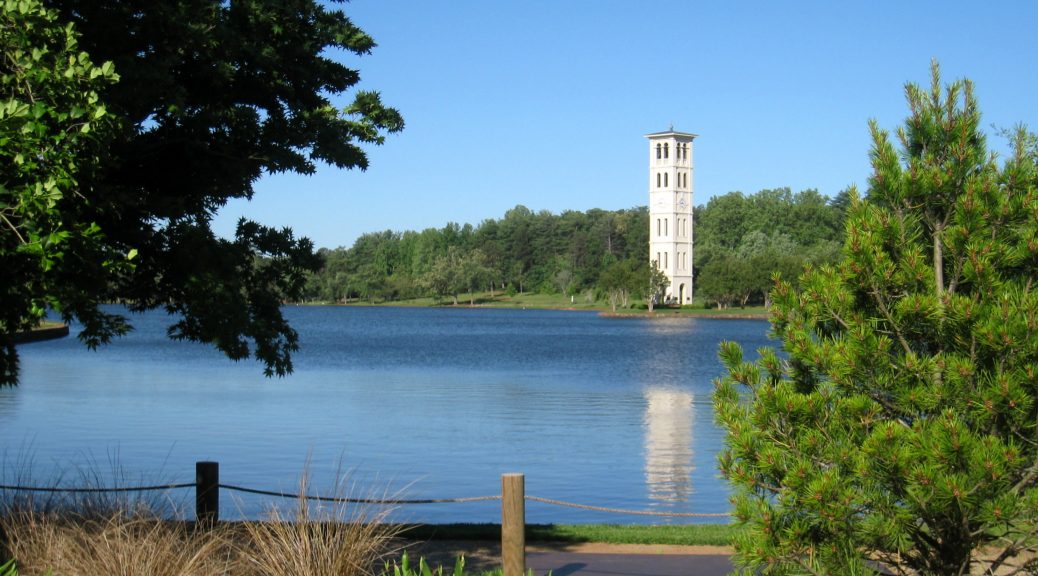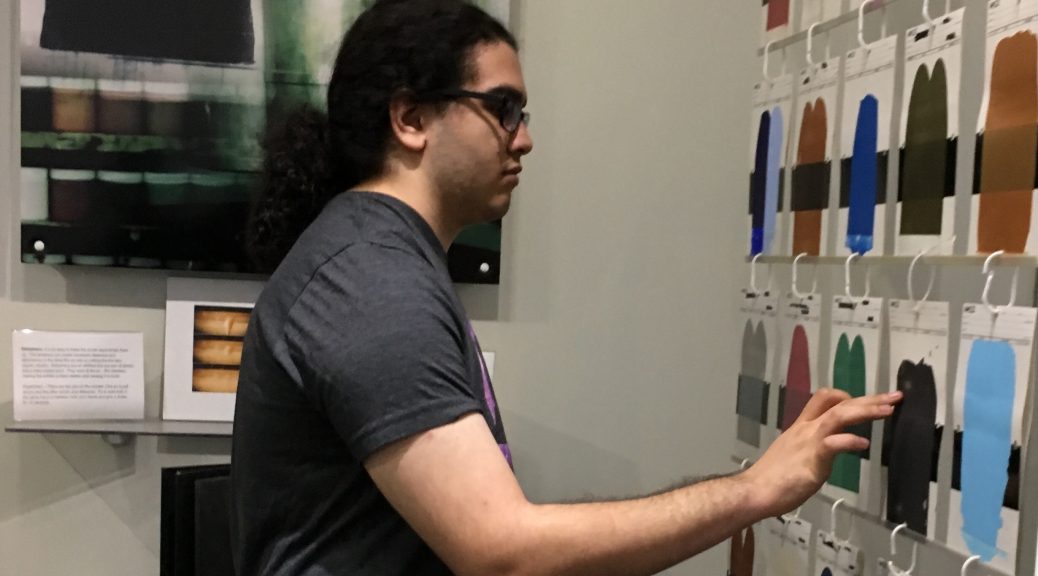In the past, undergraduate research in the humanities favored independent projects and one-on-one mentorship. But these “unbundled” opportunities are giving way to a more systematic approach. Original scholarship is increasingly being built into the curriculum. A good example is the new interdisciplinary major in Women’s, Gender, and Sexuality Studies (WGSS) at Furman University in Greenville, SC. Furman’s new WGSS major is deliberately centered on mentored undergraduate research in combination with internships. These experiences help undergraduates translate their academic and political interest in feminism, gender identity, and LGBT issues into meaningful careers and lifelong civic engagement.
The perfect major for Gen Z
Furman’s new major responds to a broader trend: Gen Z’s urgent interest in inclusion and gender equity. Students entering college now have watched #metoo rock Hollywood, disrupt industry. They have seen it transform the conversation in both higher education and politics. They were in high school when the first female presidential candidate from a major political party lost the White House to a male candidate accused of sexual assault. They were in middle school when the Supreme Court affirmed the right of LGBTQI people to marry. They have watched debates about “Bathroom Bills” play out during their adolescence. And they want to know how their colleges approach housing options for transgender and nonbinary students. They arrive on campus already asking questions about the place of gender and sexuality studies in their curriculum. A major in WGSS enables undergraduates to connect their current, real-world concerns with the scholarly study of women’s history and issues of gender and sexuality.
Making undergraduate research interdisciplinary
Furman’s WGSS major is truly interdisciplinary, offering courses from ten academic departments. Research is required at both the introductory and advanced level. One longstanding component of introductory WGSS course is the Activism/Advocacy Project. It asks students either to volunteer their time at a relevant local organization (rape crisis center, domestic violence shelter, etc) or to address a gender- or sexuality-related challenge on campus (for instance, contraceptive access). Students then reflect on the outcome of their project. Recently, students have shared these advocacy projects with the campus community through presentations at the university’s annual undergraduate research event, Furman Engaged. This introductory project gives a hands-on experience with a self-directed gender studies project to students who are just exploring the field rather than pursuing a minor or major.
For more advanced students, the Directed Research course, completed in the senior year, brings together their varied coursework by allowing each student to develop and execute an independent research project or to collaborate substantially on multiple phases of a faculty-designed research project in one or several disciplines.
Career anxieties–and genuine impact
Gen Z students also grew up in the wake of the financial crisis of 2007–2008. They come to university making savvy inquiries about how their education will translate into marketable skills. Furman’s new major uses undergraduate research as a way of responding to these concerns. The Furman major’s emphasis on research and internships helps answer the most pressing query students (and their parents) voice about any academic program: how will this help me/my child get a job?
College professors have reason to be wary of the corporatization of higher education, of which anxiously emphasizing career outcomes is one symptom. Nonetheless, students’ academic training has the greatest value when it leads to careers that engage their intellectual passions through their whole lives. By requiring directed research and internships, Furman’s new WGSS major supports advanced students as they conduct independent intellectual inquiries and apply their knowledge of feminist and LGBT issues in practical contexts. These engaged learning experiences prepare students to make a genuine impact on the social, political, and practical problems that first piqued their interest in this academic field.
As an interdisciplinary field with strong humanities representation, Women’s, Gender, and Sexuality Studies has for almost fifty years connected pressing social and economic justice concerns with rigorous academic frameworks for analysis. Now, designing a WGSS major with an undergraduate research component ensures that graduates enter the workforce prepared to think critically about questions of gender, sexuality, and privilege that they will encounter daily in their careers and communities.





